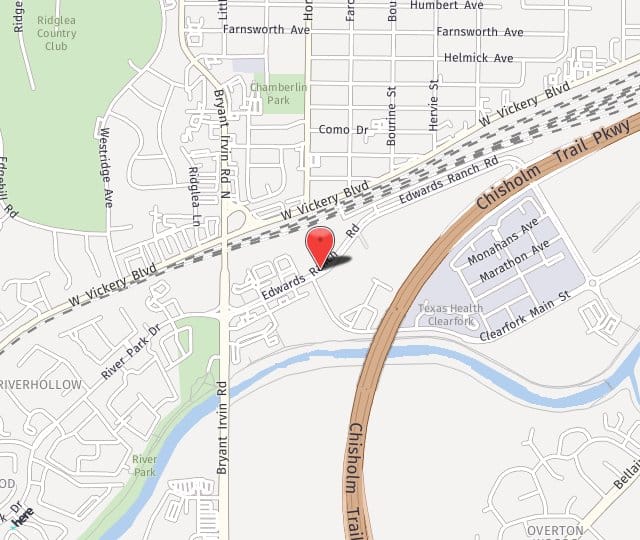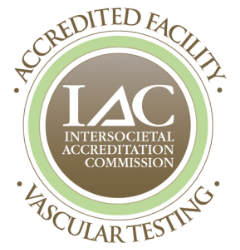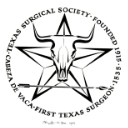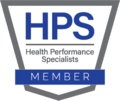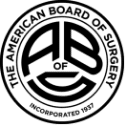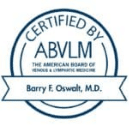Vein disease is incredibly common and manageable. But when symptoms like swelling, leg heaviness, or visible veins are dismissed as cosmetic, many people continue living with discomfort and risk more serious complications. Chronic venous insufficiency (CVI) is one of the leading underlying causes, and it often develops slowly over time.
At Fort Worth Vein Center in Fort Worth, Texas, we specialize in diagnosing and treating CVI and other vein conditions. Our practice is led by Barry Oswalt, MD, FACS, a board-certified vein specialist in Venous and Lymphatic Medicine. Dr. Oswalt is here to help you find lasting relief.
What Is Chronic Venous Insufficiency?
Chronic Venous Insufficiency (CVI) is a medical condition in which a person’s veins are unable to properly transport blood from the legs back to the heart.
The most common symptom associated with CVI is the appearance of varicose or spider veins in the leg area, which doesn’t sound particularly concerning on the surface.
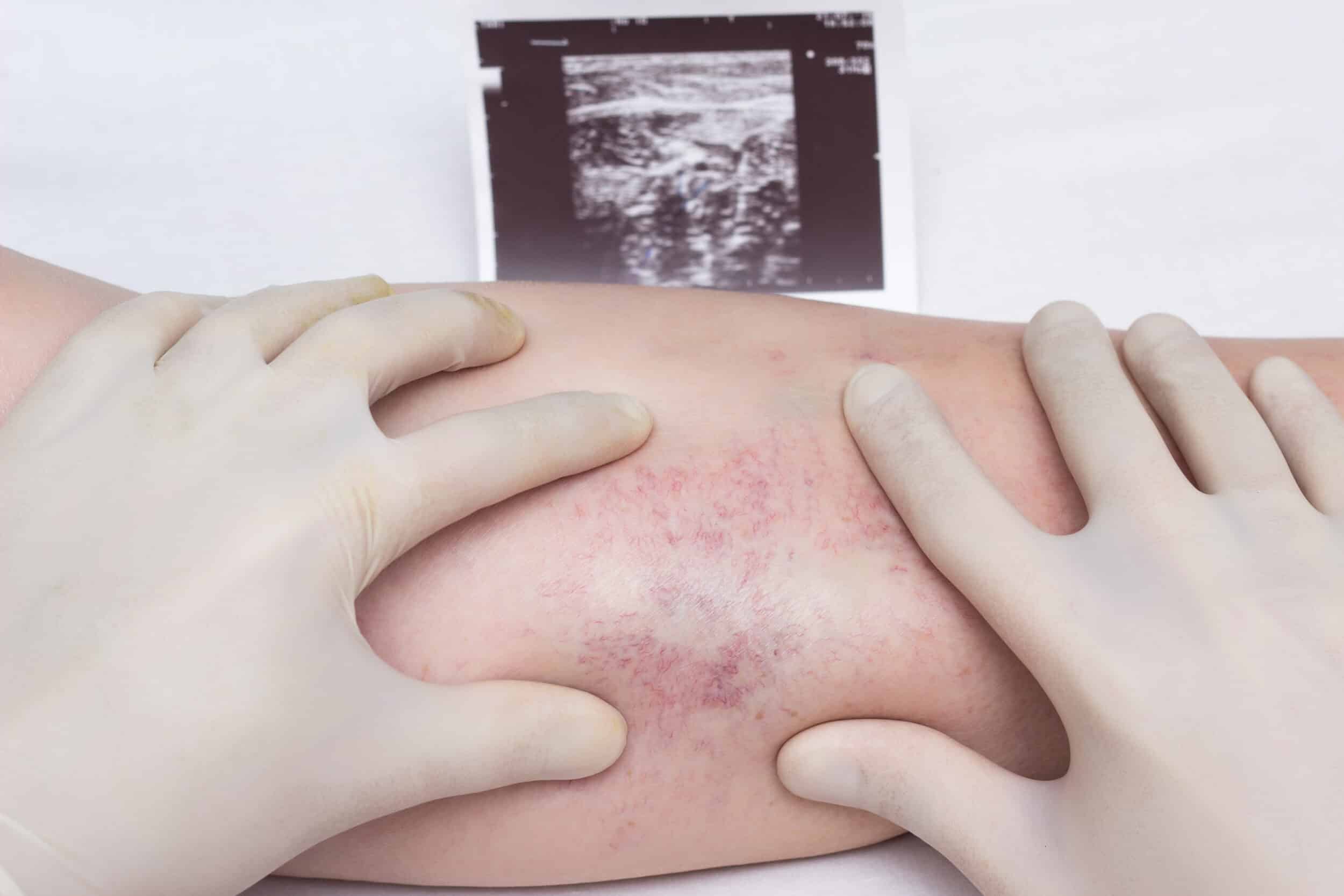
However, if left untreated, venous insufficiency can cause far more serious complications like ulcers, bleeding, swelling, and a life-threatening condition called deep vein thrombosis (DVT).
What Are the Risk Factors for Developing CVI?
Several factors can increase your likelihood of developing CVI, including the following:
- Family History: CVI and varicose veins often run in families. If both parents have varicose veins, your risk exceeds 90%.
- Gender: Women are more likely than men to develop chronic venous insufficiency, with estimates ranging up to 40% in women compared to 17% in men.
- Age: Vein health tends to decline with age.
- Pregnancy: Added pressure on the veins during pregnancy raises the risk. These issues often improve after childbirth, but not always.
- Lifestyle: Occupations or habits involving long periods of standing or sitting can strain vein function over time.
- Obesity: People who are obese are more than six times as likely to develop serious vein problems like blood clots compared to those with a healthy weight. The risk is even higher for those over 50 or those with more severe levels of obesity.
- Smoking: Tobacco use affects blood flow and vessel integrity, which can worsen vein conditions.
Symptoms of Chronic Venous Insufficiency
Symptoms can vary in intensity, and some may be mistaken for simple fatigue or skin irritation. The most common signs include:
- Varicose or spider veins
- Swelling in the feet and ankles
- Leg cramping or aching
- Restlessness in the legs
- Itchy or irritated skin
- Skin discoloration
- Open sores or ulcers on the legs
Some of these symptoms are mild at first, but they tend to progress if not evaluated and managed.
How Do You Treat CVI?
Treatment for chronic venous insufficiency (CVI) starts with a thorough diagnostic evaluation using ultrasound imaging to identify where and how your veins are malfunctioning.
From there, we determine your treatment plan based on the severity of your symptoms, the extent of reflux, and your medical history. Most treatments are performed in-office and are covered by insurance when medically necessary.
We use minimally invasive procedures such as endovenous radiofrequency ablation and sclerotherapy to close off faulty veins and reroute blood flow to healthier vessels. These treatments help reduce swelling, pain, and skin changes while also improving circulation.
In addition to procedural care, we may recommend conservative treatments like compression therapy, leg elevation, and lifestyle adjustments to support long-term vein health.
Why Early Treatment Matters
When CVI progresses, veins continue to weaken, and symptoms intensify. Swelling may worsen, and skin can become discolored or ulcerated. In some cases, patients develop spontaneous bleeding from weakened vein walls.
One of the most serious risks is DVT, a potentially fatal condition if a blood clot moves from the leg to the lungs.
Why Choose Fort Worth Vein Center?
At Fort Worth Vein Center, your care is led by Barry Oswalt, MD, FACS, a board-certified specialist in Venous and Lymphatic Medicine. Dr. Oswalt completed his medical degree at Texas Tech School of Medicine and his general surgery residency at the University of Texas Health Science Center.
Over the course of his career, he has performed thousands of minimally invasive, catheter-based, and ultrasound-guided procedures to treat conditions like varicose veins, venous stasis, chronic venous insufficiency, and leg ulcers.
What sets our practice apart is Dr. Oswalt’s commitment to correcting outdated or ineffective care. He founded Fort Worth Vein Center after seeing too many patients suffer unnecessarily or go years without a proper diagnosis. Here, we focus exclusively on modern, non-surgical treatments that relieve pain, improve function, and often result in a better appearance. Our team provides trusted care to patients throughout Fort Worth, Arlington, and the surrounding areas.
Frequently Asked Questions
Endovenous ablation treats chronic venous insufficiency by closing off the faulty vein using heat generated by radiofrequency or laser energy. A small catheter is inserted into the affected vein, and once the vein is sealed, blood naturally reroutes to healthier veins nearby.
The procedure is minimally invasive, performed under local anesthesia, and typically completed in under an hour.
Most people feel little to no pain during treatment. Procedures like endovenous ablation and sclerotherapy are done with local anesthesia, and any discomfort is usually mild and short-lived. You might feel a slight burning or tugging sensation during the procedure, and some patients report minor bruising or tightness afterward, which fades quickly.
Recovery time is minimal. You can usually return to normal activities on the same day or within 24 hours. You may be asked to wear compression stockings for a period of time and walk regularly to promote healing. Most people notice symptom relief within a few days to a few weeks, depending on the severity of the vein issue.
That depends on how many veins are affected and the type of treatment used. Some patients need just one procedure, while others may benefit from a series of treatments spaced over several weeks. Dr. Oswalt will create a customized treatment plan for you.
Staying active, maintaining a healthy weight, and avoiding long periods of sitting or standing can help reduce symptoms and support vein health. Elevating your legs when resting and wearing compression stockings as recommended can also improve blood flow and reduce swelling.
It’s possible. While treatments are highly effective at closing off damaged veins, new problem veins can develop over time, especially if underlying risk factors like weight, inactivity, or hormone changes aren’t managed. That’s why regular follow-up care is important to monitor progress and catch any changes early.
Don’t Ignore the Signs of Vein Disease
While every case is different, CVI never improves without intervention. Early treatment helps reduce discomfort, prevent serious complications, and protect your long-term vascular health.
Chronic venous insufficiency is more than a cosmetic concern. It’s a progressive condition that can lead to serious health complications if ignored. Early signs like swelling, itching, or visible veins should not be brushed off.
Whether you’re managing discomfort or looking to prevent future complications, seeking expert care makes all the difference. Dr. Oswalt and the team at Fort Worth Vein Center are here to help you understand your options and restore better vein health.
Call 817-536-9600 to schedule your consultation. We serve Fort Worth, TX, and nearby areas.

